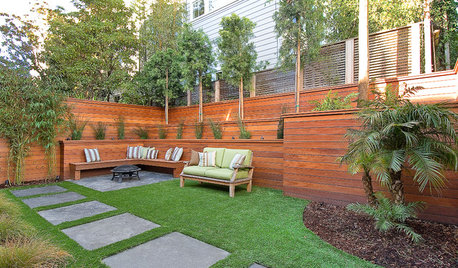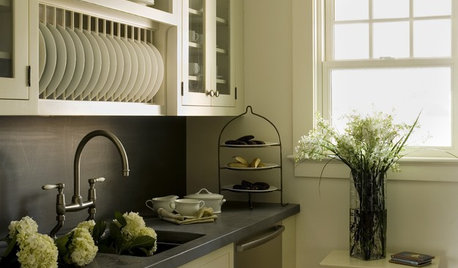I think my Ficus is dying!!
melaniehope
15 years ago
Related Stories

I. DIE. The Rachel Zoe Project Is Back
As Season 4 premiers we visit some fashion-forward rooms this tastemaker would appreciate
Full Story
PETSSo You're Thinking About Getting a Dog
Prepare yourself for the realities of training, cost and the impact that lovable pooch might have on your house
Full Story
GARDENING GUIDESNew Ways to Think About All That Mulch in the Garden
Before you go making a mountain out of a mulch hill, learn the facts about what your plants and soil really want
Full Story
DECORATING GUIDESPro to Pro: Learn Your Client’s Thinking Style
Knowing how someone thinks can help you determine the best way to conduct an interior design presentation
Full Story
LANDSCAPE DESIGNCreate a Remarkable Garden by Thinking in 3D
Thinking of your space as a dimensional piece of sculpture can make it grand no matter what size it is
Full Story
BATHROOM WORKBOOKStandard Fixture Dimensions and Measurements for a Primary Bath
Create a luxe bathroom that functions well with these key measurements and layout tips
Full Story
KITCHEN DESIGNThink Zinc for Kitchen Countertops
Adaptability is the hallmark of zinc for kitchen countertops, combining the durability of metal with the natural look of stone
Full Story
FUN HOUZZEverything I Need to Know About Decorating I Learned from Downton Abbey
Mind your manors with these 10 decorating tips from the PBS series, returning on January 5
Full StorySponsored
Most Skilled Home Improvement Specialists in Franklin County
More Discussions











tommyr_gw Zone 6
jeannie7
Related Professionals
Belmont Landscape Architects & Landscape Designers · Salem Landscape Architects & Landscape Designers · Frisco Landscape Contractors · Edmond Landscape Contractors · Costa Mesa Landscape Contractors · Deerfield Beach Landscape Contractors · Gainesville Landscape Contractors · Gaithersburg Landscape Contractors · Rancho Santa Margarita Landscape Contractors · Sammamish Landscape Contractors · San Bruno Landscape Contractors · Wareham Landscape Contractors · Westford Landscape Contractors · Little Egg Harbor Twp Interior Designers & Decorators · Fairfax Handymantapla (mid-Michigan, USDA z5b-6a)
melaniehopeOriginal Author